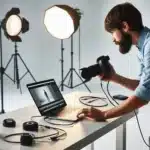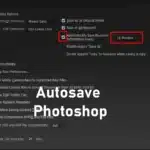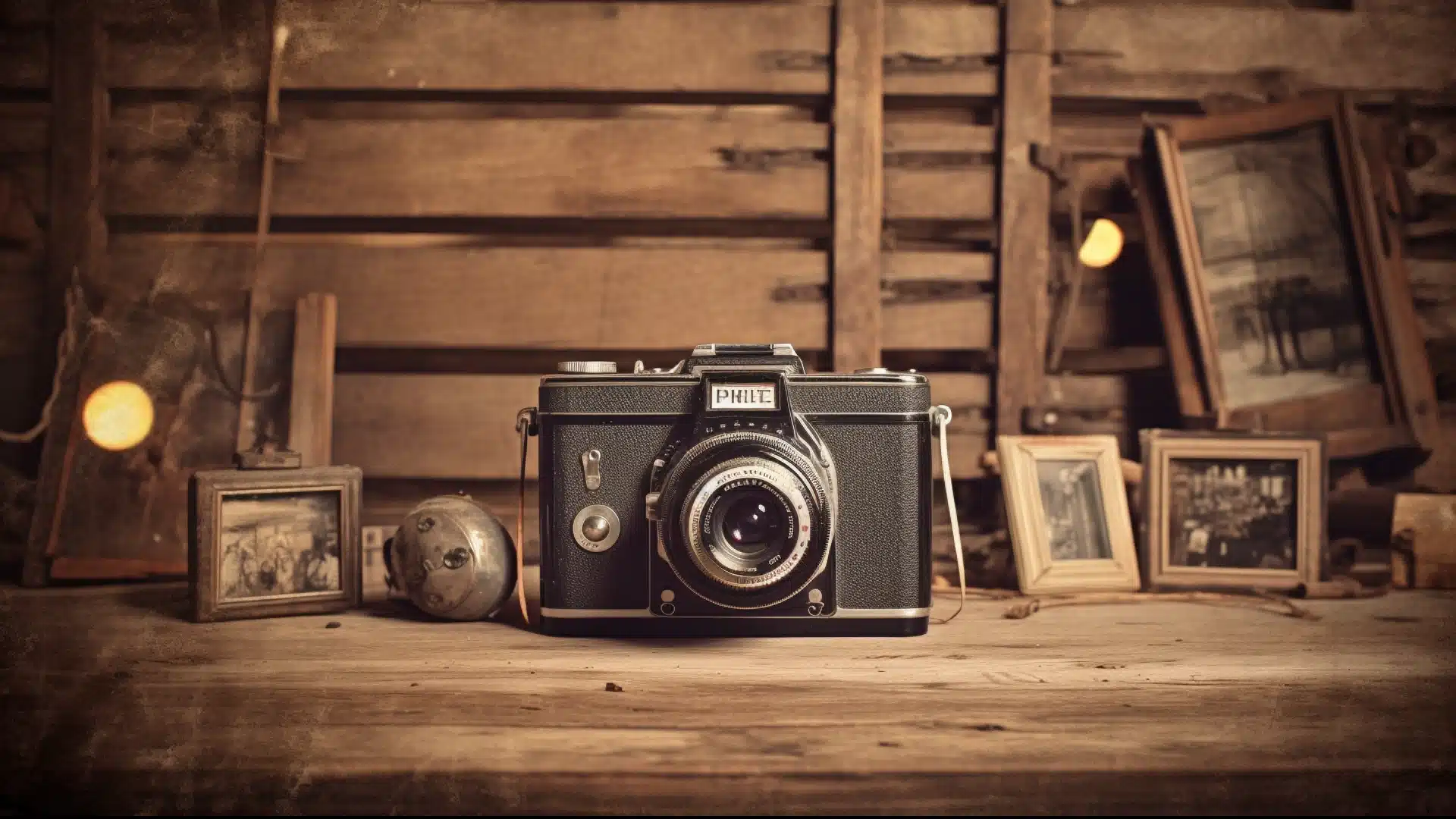
Have you ever come across an old photo tone that instantly transported you back in time? There’s something incredibly captivating about the vintage look that evokes nostalgia and timeless beauty.
In this article, I’ll guide you through the process of recreating that charming old photo tone using Photoshop and Lightroom. Whether you’re a professional photographer or a hobbyist, you’ll find these tips and techniques invaluable.
Curious to learn how to breathe new life into your modern images with a touch of the past?
Keep reading, and you’ll soon master the art of vintage photo editing in no time!
Table of Contents
How to Achieve Old Photo Tone
Abbreviations inside the old photo tone can be a quick association with the past. The old photo tone is very popular among enthusiasts.
But you don’t need to be an expert. Using simple steps, you can turn your images into timeless pieces.
Decoding the Photo Tone Crossword Clue
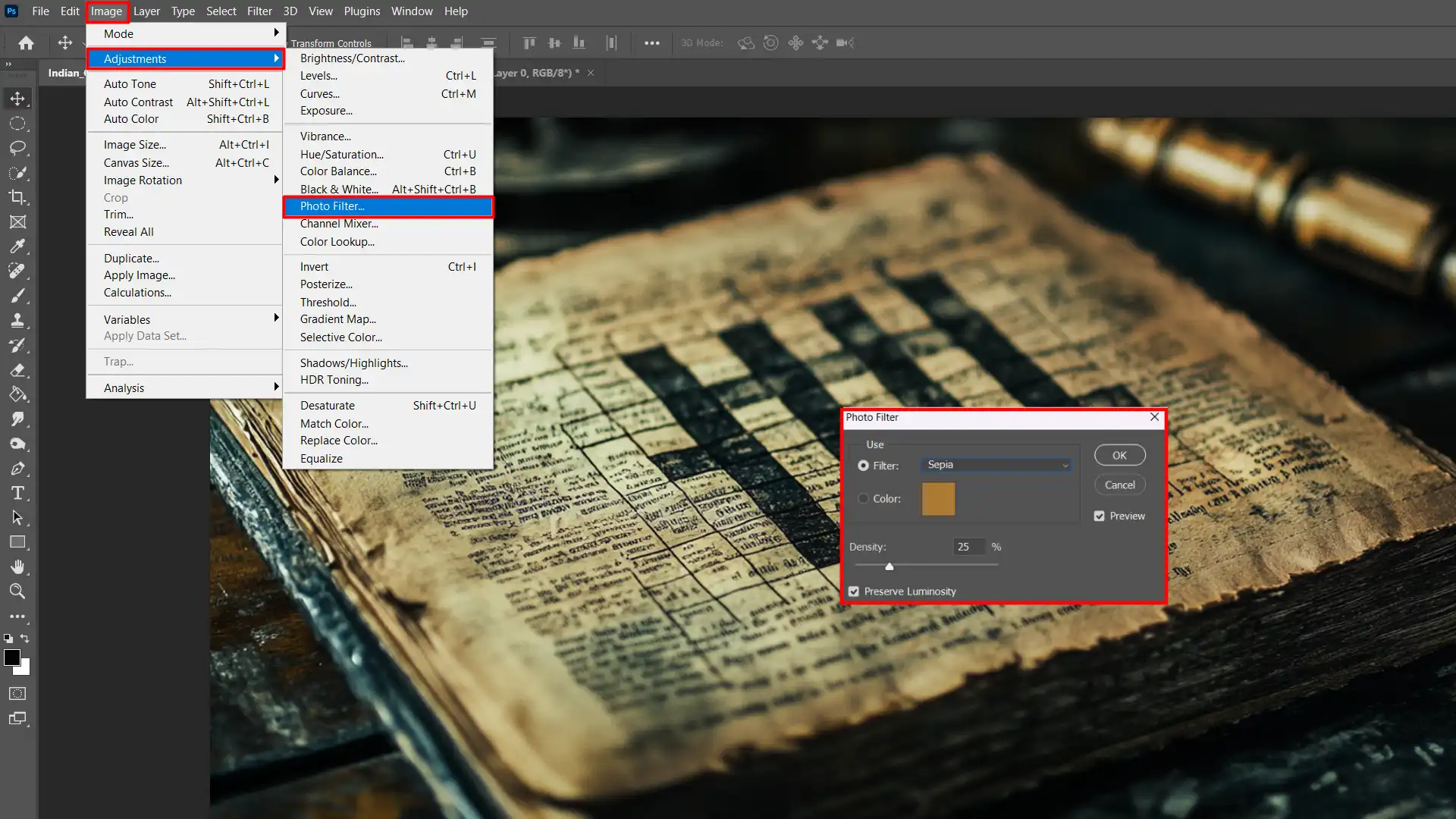
To solve the photo tone crossword clue, it’s important to understand what makes an image appear vintage and timeless. The photo tone in question often refers to the subtle hues and effects used to replicate old photographs.
Achieving this effect digitally involves adjusting the color balance to emphasize sepia tones and reducing saturation to create a faded look.
Applying a vignette can add depth and enhance the nostalgic feel.
For a more authentic touch, manual techniques such as staining printed images with tea or coffee can mimic the appearance of aged prints.
By mastering these techniques, you’ll be able to crack the old photo tone crossword clue and recreate that classic, nostalgic look.
Understanding Old Photo Tone involves exploring various textures, like old paper texture. This texture can add a unique vintage feel to your photos.
Clue old photo tone
To achieve the perfect clue old photo tone, you’ll want to focus on several key techniques. The clue old photo tone involves using digital editing tools to adjust color balances, such as reducing blues and enhancing reds to create a sepia-like effect.
Lowering the saturation helps to give the photo a faded appearance, while applying a vignette can add a touch of nostalgia. For those seeking an authentic touch, manual methods like staining prints with tea or coffee can provide a genuine aged look.
Mastering these techniques will guide you in capturing that classic clue old photo tone and bringing a timeless feel to your images.
When exploring the old photo tone, consider how skin retouching can refine your vintage effect. Proper retouching can enhance old photo tones while maintaining natural textures.
History of Photography
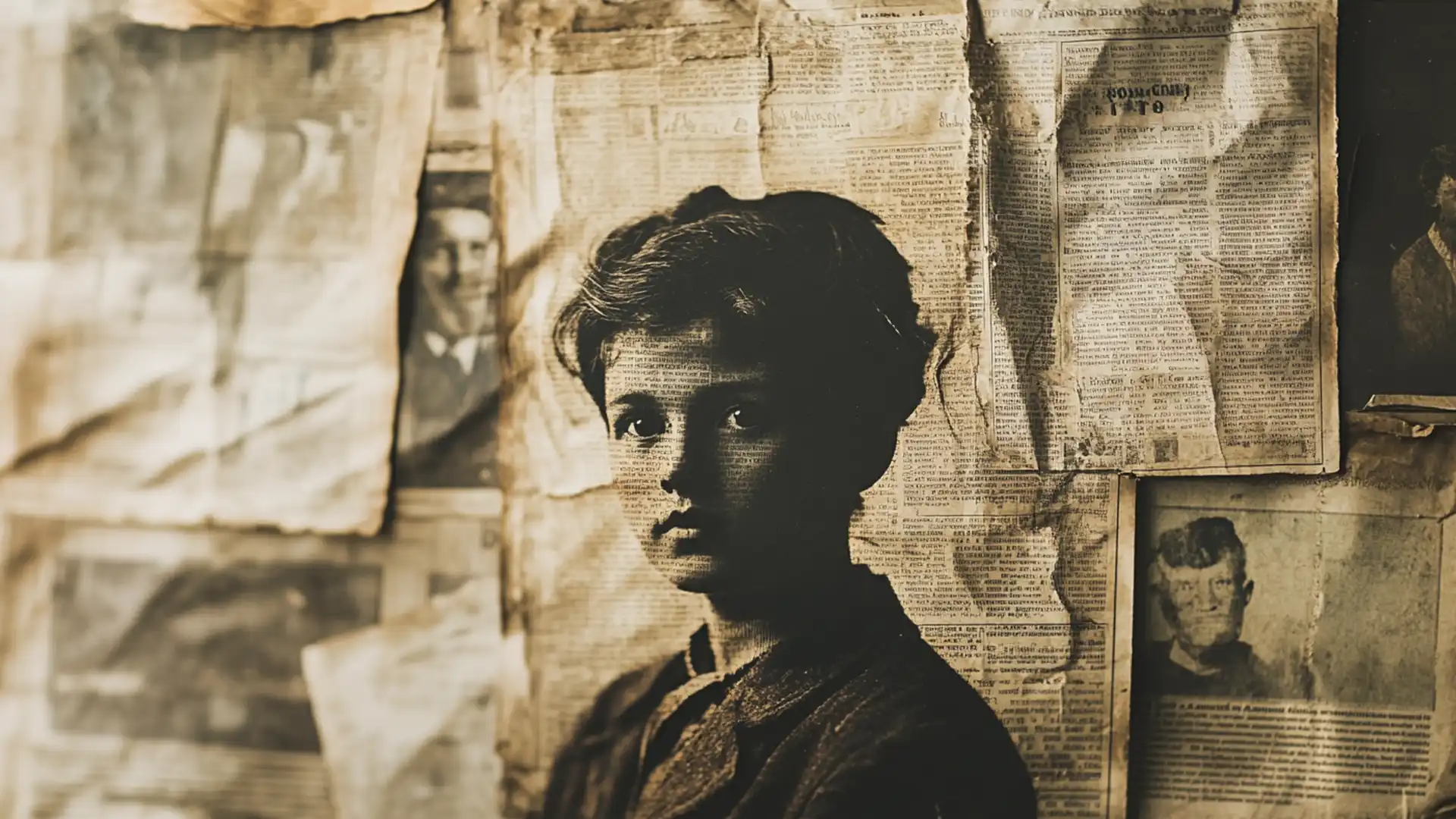
When exploring the history of photography, it’s fascinating to understand why an old photo is sepia-toned. The LA Times often features articles that delve into the reasons behind this classic effect.
| Era | Technique | Key Features | Major Innovations |
|---|---|---|---|
| Early 1800s | Daguerreotype | Single, detailed images on metal | First practical photographic process |
| 1850s | Wet Collodion | Glass plates, high detail, long exposure | Faster exposure time than daguerreotypes |
| 1880s | Dry Plate | Glass plates coated with a dry emulsion | More convenient, quicker processing |
| 1930s | 35mm Film | Compact cameras, roll film | Made photography more accessible |
| 1990s | Digital Photography | Electronic sensors, instant review | Revolutionized photo storage and sharing |
An old photo’s sepia tone was a popular choice because it added a warm, nostalgic hue that helped preserve the image over centuries.
This sepia tone was not only aesthetically pleasing but also practical; it helped mask the imperfections and fading that occurred with early photographic processes.
Many historical photos in archives, including those highlighted by the LA Times, showcase this characteristic sepia tone.
Understanding why an old photo is sepia-toned reveals a lot about the evolution of photography and the methods used to achieve lasting, memorable images.
Using Photo Editing Software
Photoshop and Lightroom are your best buddies here. Open your photo in the software. Start by adjusting the color balance.
Reduce blues, increase yellows and reds. This helps in achieving the sepia old photo tone.
Play with the saturation. Set it to look faded.
Apply vignette for added nostalgia. Use specific filters available in these tools to enhance the old photo tone.
Remember, less is more. Don’t overdo it.
Manual Techniques for Old Photo Tone
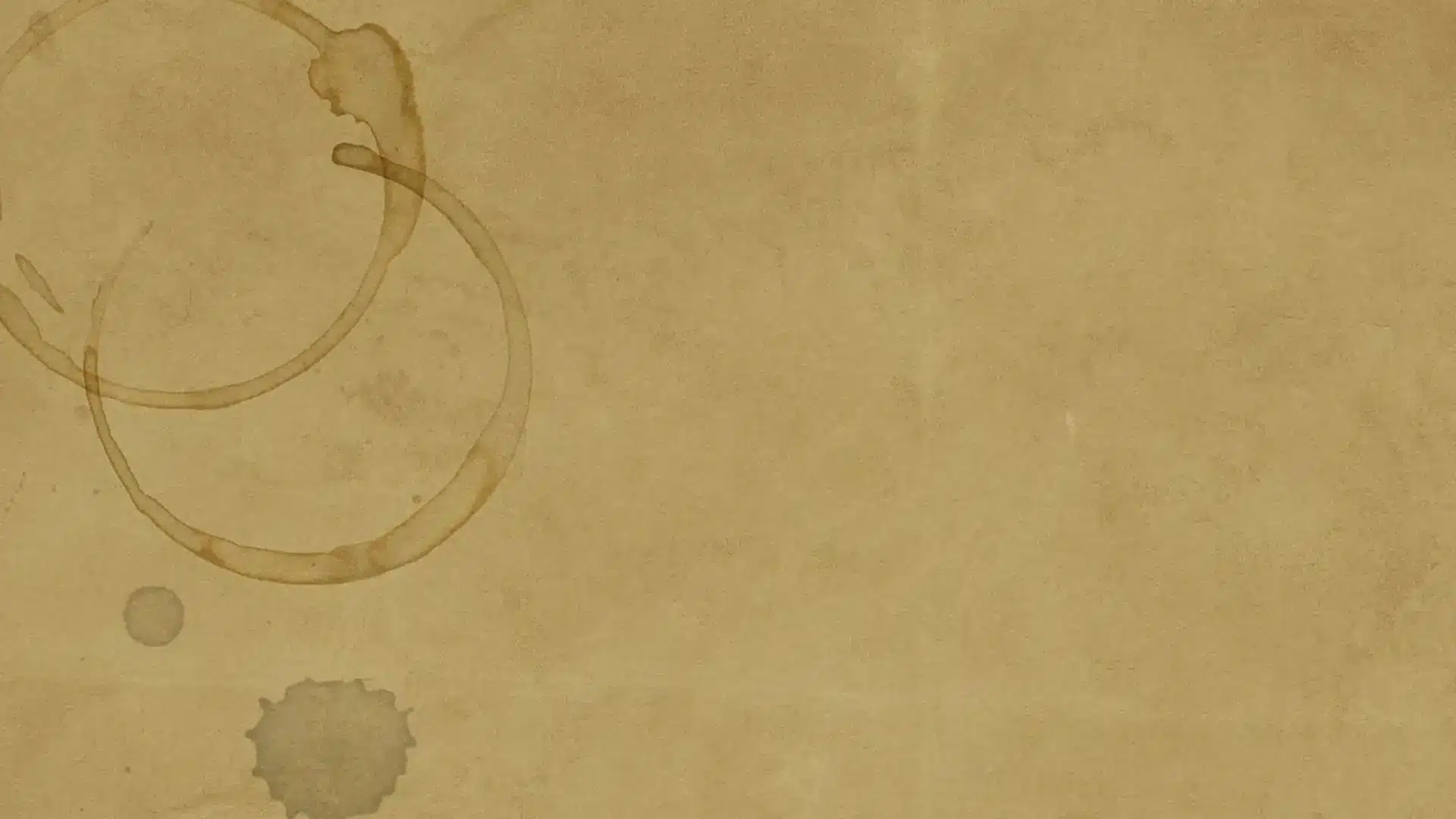
If you prefer manual techniques:
- Take a printout of your photo.
- Use coffee or tea stains. Steep a teabag in hot water, let it cool, then sponge your photo with it.
- Dry your photo. This gives a natural sepia tone.
Working with real prints might seem old-fashioned but adds authenticity.
Best Practices for Consistency
Consistency matters. When creating multiple old photos, maintain a similar process.
This keeps all your images unified in style.
- Set and save settings in software for future use.
- Note down exact ratios used for manual techniques.
Uniformity in your photo collection enhances visual appeal.
For mastering the best practices in photo editing, portraits editing plays a key role. Implementing the right techniques can elevate your portraits and bring old portraits back to life.
Common Mistakes to Avoid
- Avoid high contrast. Old photo rarely have stark contrasts.
- Don’t use modern editing features excessively. Stick to basics.
- Refrain from using bright colors.
Learn from mistakes to achieve that perfect old photo tone.
Trust me, it’s worth the effort!
Pro Tip: Always keep a backup of the original photo. Experimentation is key, but having your starting point saves hours and headaches!
Amazing how with a few tweaks, you achieve the perfect old photo tones. I’m excited for you to try these techniques.
Frequently Asked Questions (FAQs)
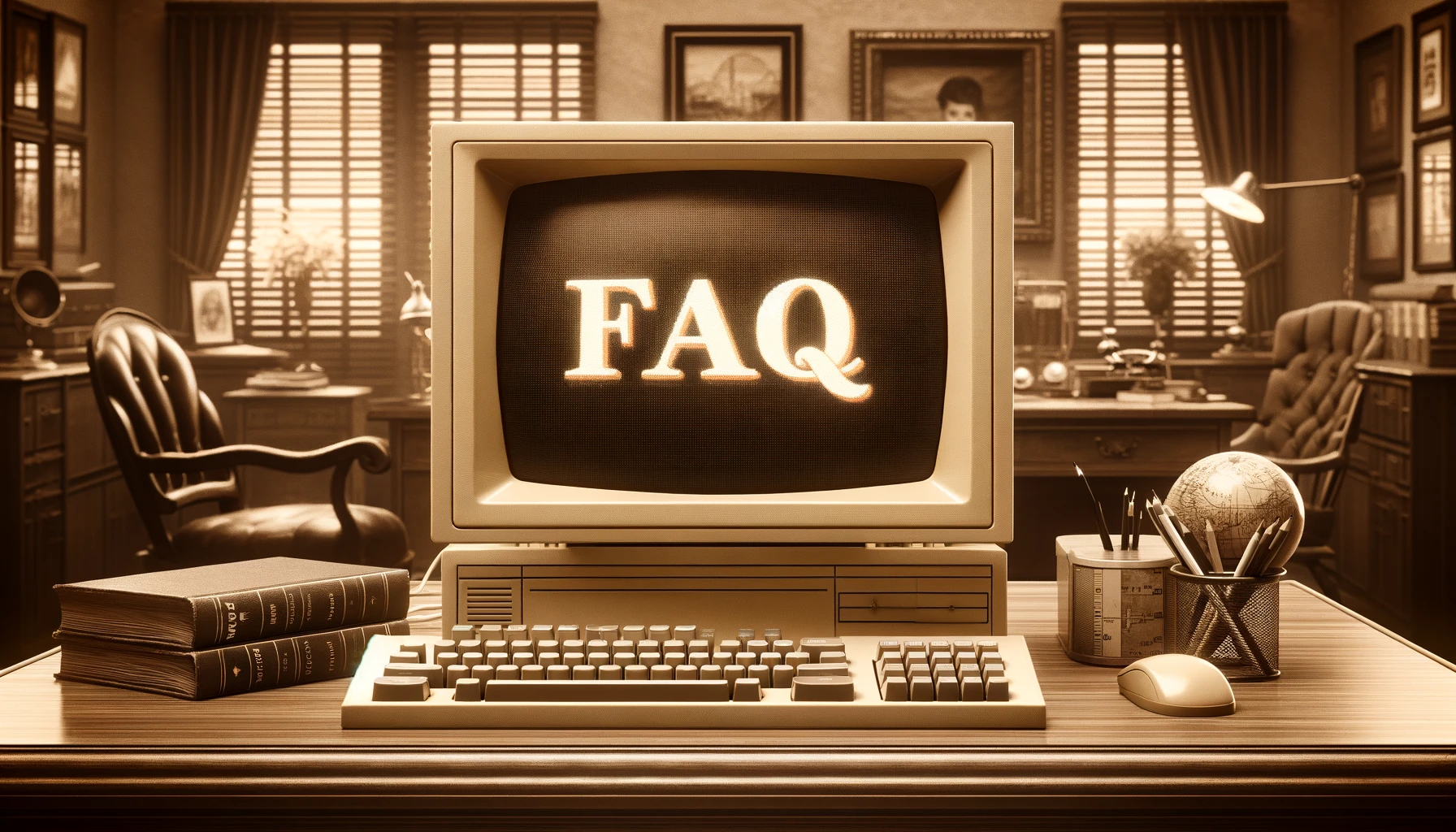
What is the Colour of a Old Photo Called?
- The color of old photo is typically referred to as \"sepia.\"
Why is an Old Photo Sepia Toned?
- Old photo is sepia toned primarily due to the photographic processes used in the past which involved certain chemicals that gave the photographs a brownish tint. This method also helped in prolonging the durability of the photographs.
How Do You Make an Image Look Like an Old Photograph?
- To make a modern image look like an old photograph, you can use photo editing software to:\n
- Apply a sepia filter or adjust the color balance to add brown tones.
- Add grain or noise to mimic the texture of older photos.
- Adjust the contrast and brightness to replicate the exposure characteristics of old cameras.
What is the Brown Pigment in Vintage Photos?
- The brown pigment found in vintage photos is due to the sepia toning process where chemicals like silver sulfide were used to alter the photo's color to a warmer, brown tone, which was more stable and less likely to fade.
Conclusion
In conclusion, capturing the old photo tone can really bring a sense of nostalgia to your images. From my own experience, applying this vintage effect is simpler than it might seem.
Whether you use digital tools or manual techniques, creating that sepia look can add a timeless touch to your images. If you’re interested in diving deeper into how to achieve this and more, you might find my Photoshop Course and Lightroom Course helpful.
For the best results, consider exploring Adobe’s Photoshop and Photoshop Lightroom tools.
They offer powerful features to enhance your photo editing skills and achieve that perfect old photo tone.








